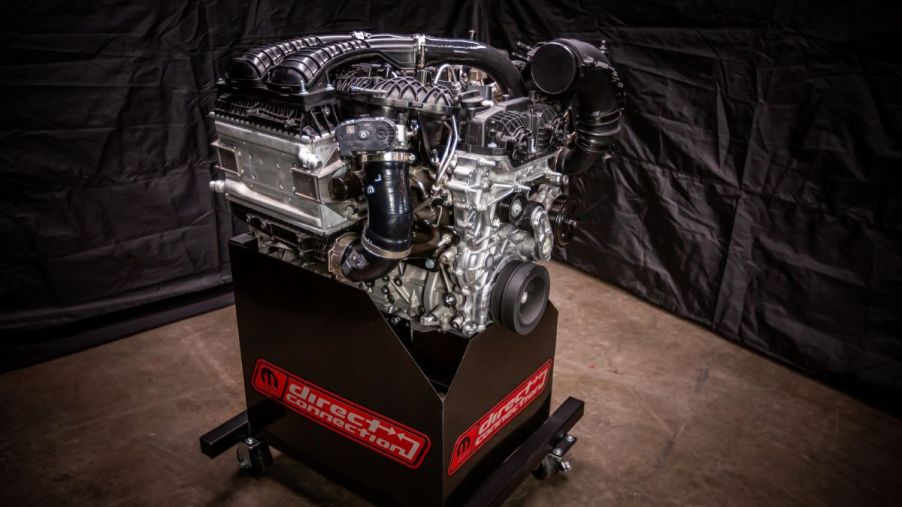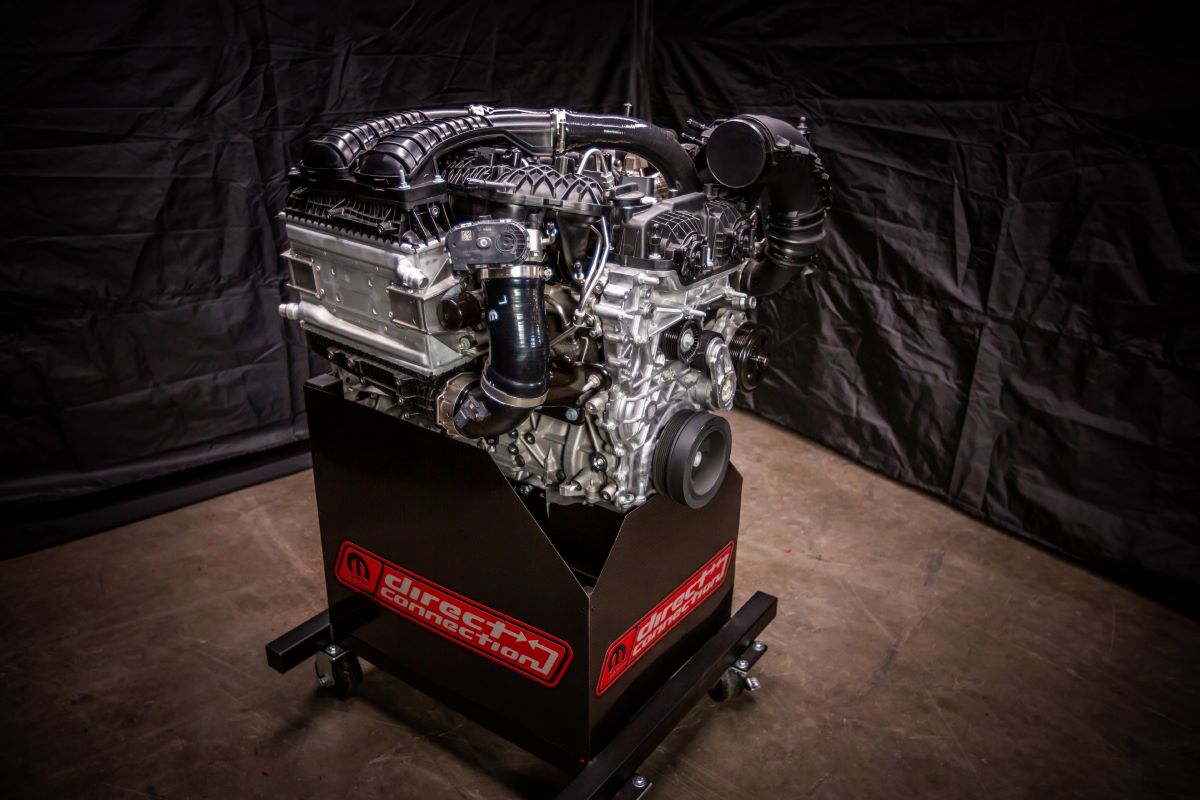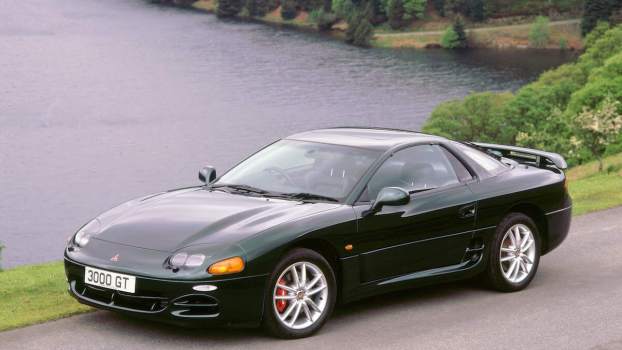
How Much Horsepower Do Dodge HurriCrate Inline-6 Engines Produce?
While not as well known as its Hemi powerplants, Chrysler’s history with inline-six engines is no less impressive. Produced from 1959 to 1987, the G engine, better known as the Slant-Six, was Chrysler’s bread-and-butter engine that powered the company’s compact cars like the Plymouth Valiant, Dodge Dart, and Aspen/Volare as well as intermediate cars like the Plymouth Belvedere. It had a reputation for being unkillable and provided rugged, reliable, and economic power.
So, it’s not without precedent for Chrysler (later FCA and now Stellantis) to introduce an inline-six. That engine configuration has become popular as of late for its smooth, torquey power delivery. More recently launched as the Hurricane or HurricCrate, now under the Dodge umbrella, the inline-six is available through Mopar’s Direct Connection and offers restomod builders the option of a six-cylinder engine with the power of many V8 engines.
A short but powerful history of the Chrysler/FCA inline-six engine
The Chrysler Slant-Six replaced the company’s flathead inline-six engines which dated back to the 1920s. Woefully outdated by 1960, Chrysler scraped the flathead for an all-new engine with an overhead valve reverse-flow cylinder head. The engine got its nickname because it was inclined or “slanted” at a 30-degree angle to fit in a variety of cars and trucks, according to Hemmings.
The Slant-Six offered a broad torque curve and proved reliable and easy to work on. It also provided good performance and fuel economy but began to suffer driveability issues due to the addition of primitive emission controls in the 1970s. Chrysler tried to combat those issues by offering an updated version with a two-barrel carburetor called the “Super Six.” However, the company eventually chose to phase the engine out in the 1980s.
How much horsepower can a modern Dodge HurricCrate produce?

Recently FCA/Stellantis chose to resurrect the inline-six configuration for its new 3.0-liter HurriCrate engine. Featuring twin turbos and direct injection, it delivers more power than many naturally aspirated V8s.
Depending on the variant, new Dodge HurricCrate engines deliver between 420 and 550 horsepower and from 468 to 531 lb-ft of torque, according to HotCars. Meanwhile, the even more powerful Hellephant V8 engines produce between 900 and 1,100 hp.
Features of the new HurricCrate engines
The new line of Hurricane engines is intended to power a variety of FCA/Stellantis vehicles. It’s a twin-turbo, direct-injection build that produces fewer emissions than many V8s (discounting the monstrous Hellephant engines). Dodge also introduced it as the HurricCrate crate engine at SEMA 2022, which will include the following variants:
- Cat 1 uses aluminum pistons and produces up to 22 psi of boost while running at a 10.4:1 compression ratio. Power is rated at 420 horsepower and 468 lb-ft of torque.
- Cat 3 engines get forged aluminum pistons and run 26 psi of boost off a lower 9.5:1 compression ratio. Power increases to 550 horsepower and 531 lb-ft of torque.
- Cat X is the ultimate HurricCrate engine that’s still under development. It features additional reinforcements with an aluminum block and head and is expected to generate over 1,000 horsepower.
Pricing has yet to be finalized, but if the Hellephant’s starting price of $29,995 is any indicator, the HurricCrate won’t be cheap. However, if you’re restoring an old Jeep Wagoneer or Ram Powerwagon, or want something different for your B-body Mopar, the Dodge HurricCrate will be one of the most powerful inline-six engines ever made.




